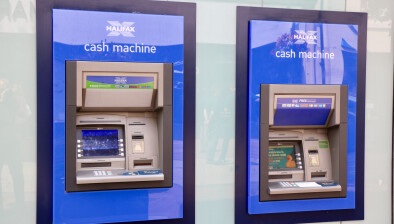Dunedin Advisory: Winding up through a Members’ Voluntary Liquidation
Dundee-based restructuring and insolvency specialists Dunedin Advisory has outlined how a business can be wound up in a tax-efficient way through a Members’ Voluntary Liquidation (MVL).

An MVL is not where a company has gone bust or unable to meet all its obligations despite having liquidation in the name. Instead, it is a solvent liquidation which enables a distribution of cash and/or assets to its shareholders after all obligations have been met.
The firm has said it could be a tax-efficient way to wind up a solvent company if, as a shareholder, it’s not the intention to set up another company in the same line of work.
How to proceed
To place a company into MVL a licensed Insolvency Practitioner (IP) needs to be appointed to ensure all debts of the company are paid and to distribute the company’s reserves to shareholders. Dunedin Advisory IPs can do this for you.
The company directors must decide to place the company into solvent liquidation. A statutory declaration is completed showing the assets and liabilities of the company and its ability to meet all of its obligations within 12 months.
Shareholders then pass resolutions for the winding up and the appointment of an IP. The IP assumes control, the directors’ powers normally cease, and both the passing of the resolutions and the liquidator’s appointment are advertised. It is strongly recommended that all creditors are paid before the company enters liquidation, as creditors are entitled to statutory interest of 8% which includes any corporation tax payable.
What Happens Next
The liquidator pays any outstanding creditors and distributes the assets of the company to the shareholders either in cash or “in specie” (transfer without the need to convert the asset to cash). Assets must be distributed for full value. It is sometimes beneficial to have distributions made over different tax years and this can be looked at on a case by case basis.
Clearance must be sought and obtained from HMRC in respect of all taxes and only when all debts are paid, HMRC has given clearance and all funds are distributed, will the IP be able to conclude the liquidation. The company will be dissolved three months after conclusion of the liquidation.
In Conclusion
Distributions made to shareholders are treated as capital distributions by HMRC. Shareholders may qualify for Entrepreneur’s relief, provided they have held more than 5% of the company’s shares for more than two years. The lifetime limit of Entrepreneur’s relief reduced from £10 million to £1m with effect from disposals made on or after 11 March 2020, following the Chancellor’s budget.
MVL can be a tax efficient way to distribute to shareholders and is not a tax avoidance scheme. Business owners do need to ensure that all tax obligations (company and where relevant to the individual director/shareholders) are met prior to progressing.
The firm recommends that this is addressed with a company accountant or tax adviser.







